We’ve all been there, preparing some food for dinner or just heading to the kitchen to grab a snack, and then you hear your four-legged companion padding into the kitchen after you. They look up at you with those big soulful eyes, imploring you to give them a tasty treat, and you give in because you love them so much. But what foods are Cavaliers allergic to, and did you know that the following foods could be deadly for your Cavalier?
- Chocolate
- Grapes, Raisins, and Currants
- Avacado
- Palm Oil
- Onions, Leeks, and Garlic
- Xylitol
- Salt
- Corn (on the Cob)
- Alcohol
- Bones (cooked)
- Peaches, Plums, Cherries, Apricots, and Apples
If you have had dogs around you all your life, as I have, some of these foods may not shock you. However, some toxic food ingredients are in regular, everyday items. Read on to find out more.
Chocolate

Chocolate, such as cake, a chocolate drink, or even choc chip cookies, can make your Cavalier unwell, but very rarely fatal unless consumed in large quantities.
Chocolate contains theobromine, found in the cacao plant’s seeds, used to manufacture chocolate. So the darker the chocolate, the more theobromine can be found.
All dogs, not only Cavaliers, cannot metabolize theobromine like humans, so they experience adverse effects from the chemical components.
Chocolate Poisoning Symptoms
Restlessness, panting, increased thirst, increased heart rate, vomiting, excessive urination, and diarrhea are all signs of chocolate poisoning.
Chocolate Poisoning Treatment
By inducing vomiting, many try to get the remaining chocolate that may still be in their stomachs out as soon as possible. This practice should not be the case for brachycephalic breeds (dogs with short noses or muzzles) such as the Cavalier King Charles Spaniel, as there are concerns that it can cause aspiration pneumonia.
Consult your veterinarian over the phone for any immediate treatment you can perform at home if it takes time to get to them.
The veterinarian will need to see your Cavalier as soon as possible. To prevent the absorption of theobromine, your vet may administer activated charcoal. Still, if it has been in their system for a while, they may need intravenous fluids to excrete the theobromine through their urine.
Grapes, Raisins, and Currants
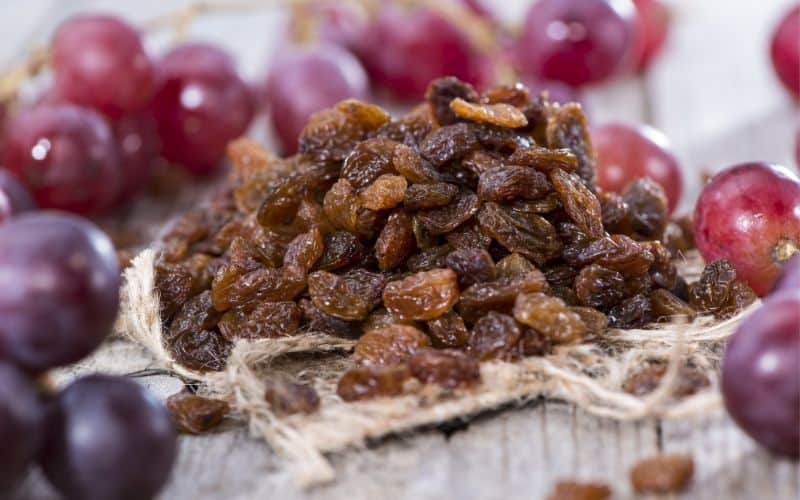
All types of grapes, raisins, and currants are toxic to dogs, whether they are seeded, seedless, organic, or non-organic, all-cause kidney failure in dogs and Cavaliers alike.
Each Cavalier will have a different sensitivity to grapes, raisins, and currants. Some only need one or two to cause kidney failure, while others need more.
Ultimately, these little human treats are deadly to all dogs, so keep all foods that may contain them away from dogs and Cavaliers. If in doubt, leave it out.
Grape, Raisin, and Currant Poisoning Symptoms
The first sign would be vomiting, and you may be able to see pieces of fruit in the vomit, diarrhea, and lethargy.
24 to 48 hours later is when the kidney damage begins, and your Cavalier will have a lack of appetite, vomiting, an ammonia smell on their breath, diarrhea, increased thirst, increased urination, and abdominal pain.
In later stages, the kidneys stop functioning completely, your Cavalier will stop urinating altogether, their blood pressure will rise, and they may slip into a coma. The prognosis is very poor at this stage.
Grape, Raisin, and Currant Poisoning Treatment
Get your Cavalier to the veterinarian immediately if you suspect they have eaten grapes, raisins, or currants. Time is a significant factor, and treatment needs to begin immediately.
Activated charcoal would be administered to prevent the toxins from being absorbed into the small intestines and stomach. Then, intravenous fluids would be given to avoid further kidney damage.
Your doggie will need round-the-clock care, so they will need to be hospitalized for the duration. Depending on the severity, they could stay there for two days or more.
Avocado

Avocado contains a fungicidal toxin known as Percin, which harms many animals’ health and can even cause death. Dogs can tolerate it slightly better, but it is still detrimental.
Eating avocado can cause damage to the heart’s muscle tissue, and as the flesh of the avocado is high in fat, it can lead to stomach upset, weight gain, and, at worst, pancreatitis.
The large stone in the center could also be a choking issue, as a greedy Cavalier may try to eat the whole thing, stone and all.
Avocado Ingestion Symptoms
Overeating avocado can lead to sickness and diarrhea, which is the best way for the body to remove as much of the toxin as possible.
Getting the avocado stone lodged in their throat will cause your Cavalier to choke and paw at their face. At worst, they could be unconscious.
Avocado Ingestion Treatment
If your Cavalier is choking, you must get that stone dislodged as soon as possible. Remember that your Cavalier will be very frightened, so their behavior may be irrational, so take care.
Firstly try to remove the stone from their throat with your finger. Doing this will be challenging, but try to sweep in one fluid motion from either left to right or right to left. Do this once or twice; if you can’t reach it, or it isn’t moving, move onto the Heimlich maneuver, as speed is of the essence.
There are four ways to try and dislodge an item that your Cavalier may be choking on:
- Sweeping or grabbing the thing out of their throat.
- Swift, sharp blows between the shoulder blades.
- Lifting them onto their front paws, with their head facing downwards, similar to the wheelbarrow position.
- The Heimlich maneuver.
Here is a short video from a gentleman who had to perform the Heimlich maneuver on his dog, and luckily he knew what to do. His explanation is straightforward and worth watching if you ever need to do it.
Here is a fascinating story of how a veterinarian performs a variation of the Heimlich maneuver that I have never seen before.
Remember, even if you manage to dislodge the stone yourself, you will need to visit your veterinarian to investigate for possible further damage to the throat.
Palm Oil
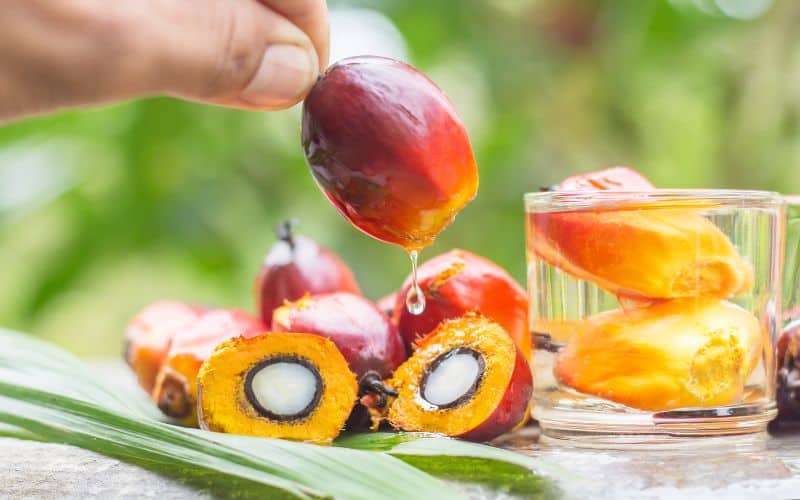
Not only is palm oil bad for dogs, but it is terrible for the environment, destroying rainforests and wildlife homes. Palm oil is found in many household detergents, soaps, cosmetics, and foods. Certain types of peanut butter contain palm oil, even doggie peanut butter.
The shipping industry uses palm oil too, and large ships use it as a tank-cleaning agent. After cleaning, the residue is offloaded at sea, which is permitted by international law as long as the vessel is 12 nautical miles from land and the water is over 25 meters deep.
You can easily spot palm oil on the beach, as they are solid lumps that resemble a boulder, small rock, or pebble. They can be white, yellow, or orange, have a waxy feel, and often smell like diesel.
Although palm oil is not fatal to dogs, it can leave them with an upset tummy, but if they ingest palm oil washed up on the beach, they can be very ill as it could contain diesel oil and other toxic products.
Palm Oil Ingestion Symptoms
Eating large quantities can lead to sickness, diarrhea, and dehydration. In some extreme cases, it can cause blockages in the gut and even pancreatitis.
“Palm Oil causes blockages in the gut due to its semi-solid state.”
ITV News
Palm Oil Ingestion Treatment
If your Cavalier has eaten palm oil washed up on the beach, then you must rush them to the veterinarian as soon as possible, as there is no knowing what toxins are contained in it. Try to take a sample of the palm oil with you in case it needs to be tested.
If large quantities are ingested at home, then a trip to the veterinarian is required. Small doses of palm oil may not affect your fur baby, but I prefer to err on the side of caution.
Don’t try to induce vomiting, as inhaling the vomit could cause pneumonia. It is better to allow your dog to vomit when they feel the need.
Onions, Leeks, Garlic, and Chives
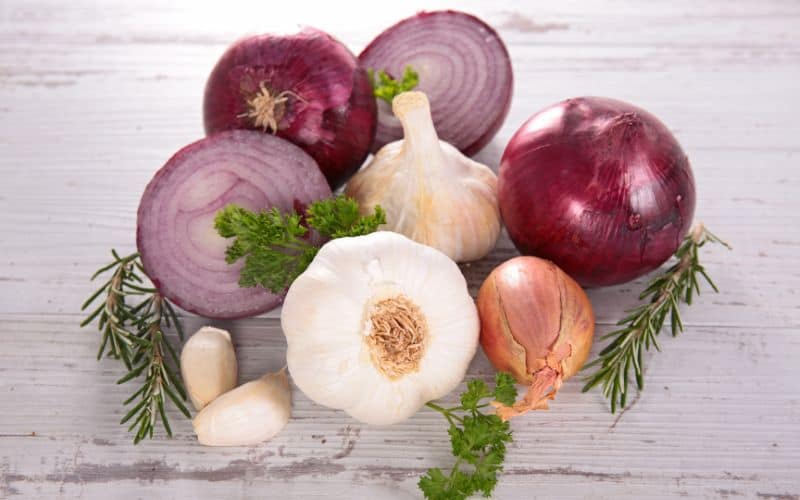
Onions, leeks, garlic, and even chives are all part of the same family known as Alliums. Any part of the plant is toxic to dogs and remains toxic if ingested raw, cooked, or dried.
The toxins are called disulfides and thiosulfinates, and eating onions, leeks, garlic, or chives causes anemia because the red blood cells are damaged.
Onions, Leeks, Garlic, and Chives Ingestion Symptoms
Symptoms don’t usually start until a few days after ingestion but can be noticed in as little as 24 hours. Symptoms can include;
- Vomiting
- Diarrhea
- Reduced Appetite
- Dehydration
- Sore Abdomen
Onions, Leeks, Garlic, and Chives Ingestion Treatment
Your veterinarian will need to see your Cavalier as soon as possible. Although it is scarce for complications or even death, there is a possibility that the toxins can cause seizures.
If your Cavalier is not vomiting, the veterinarian may administer an injection to induce vomiting. Never try to induce vomiting yourself, as this may harm their health.
Further treatment may involve activated charcoal to absorb the toxins and intravenous fluids, and they may also require a blood test to check the red blood cell count.
Xylitol
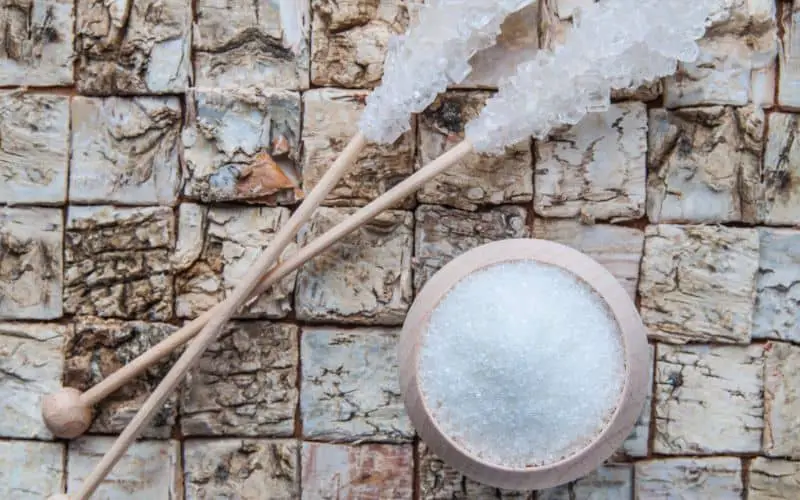
Until we had Lady, our Cavalier, I had no idea of the damaging effects of Xylitol on dogs. When Lady was a puppy, she used to eat gum off the streets and would be very sneaky about it.
I decided to read about dogs eating gum and discovered that it contains Xylitol and is highly toxic to dogs. I then trained her not to swallow gum by treating her when she didn’t eat it.
Xylitol can be found in the following products;
- Gum
- Breath Mints
- Baked Goods
- Cough Syrup
- Vitamins
- Supplements
- Toothpaste
- Mouthwash
- Skin Care Products
Xylitol is a natural sweetening product, so when a Cavalier consumes it in any form, it triggers insulin to be released, rapidly lowering blood sugar (this is known as hypoglycemia).
Hypoglycemia is not the only adverse effect of Xylitol for dogs; it can also cause seizures, liver failure, or in the worst case, death.
Xylitol Poisoning Symptoms
Symptoms of Xylitol poisoning can include;
- Vomiting
- Lethargy
- Difficulty standing or walking
- Tremors
- Seizures
- Coma
Seizures and liver failure are only seen in severe cases, and hypoglycemia may not be seen as a symptom in extreme cases.
Xylitol Poisoning Treatment
Your veterinarian must perform fast treatment to stop the absorption of the toxin to prevent further damage.
Depending on the amount of Xylitol consumed will determine the treatment given. If only a tiny amount has been eaten, your vet may induce vomiting. Never try to induce vomiting yourself.
In all cases, your Cavalier will need to be hospitalized to monitor their blood levels closely. In dogs, Xylitol causes low blood sugar, which can be fatal if not kept in check.
As a result, their glucose will have to be monitored, along with administering intravenous fluids and drugs to protect the liver.
Salt

In small amounts, salt is not harmful to your Cavalier, but if large amounts are consumed, then they could suffer from salt toxicosis.
Your Cavalier could be splashing about in the seawater and decide to take a drink, munch on some de-icing salt, or maybe even get hold of a bottle of soy sauce.
All these items contain significant amounts of salt and could harm your dog’s health, and the problem is compounded if your Cavalier doesn’t have access to fresh water to flush the salt from its body.
Salt Ingestion Symptoms
Watch out for the following signs if you suspect that your dog has ingested excessive amounts of salt;
- Vomiting
- Diarrhea
- Excessive Thirst
- Decreased Appetite
- Lethargy
- Lack of coordination
- Seizures
Salt Ingestion Treatment
Your Cavalier will probably need to be hospitalized, with round-the-clock care required, so contact your veterinarian as soon as possible.
If your Cavalier is prone to drinking seawater, keep a close eye on them, make sure you have the contact number of a local veterinarian if you are on vacation, and always carry lots of fresh water.
The veterinarian must perform blood and urine tests for hours and even days. Your Cavalier will likely need intravenous fluids to combat salt ingestion.
Corn (on the Cob)
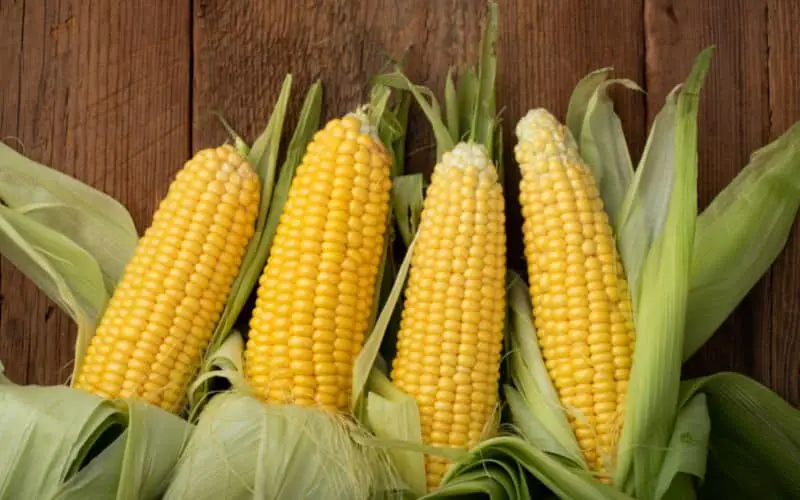
Corn is not bad for dogs and Cavaliers alike; the problem is the cob, which can obstruct the airway or even the gut, which could cause an intestinal rupture.
Corn Cob Ingestion Symptoms
For an airway obstruction, there will be an obvious sign of choking or your Cavalier not being able to breathe correctly. See the section above on Avocado Ingestion Treatment to learn how to deal with this.
If, however, your Cavalier has ingested the cob, then you could see some of the following symptoms;
- Vomiting
- Lack of Appetite
- Lethargy
- Pain
Corn Cob Ingestion Treatment
If a corn cob is lodged somewhere in the gut, your veterinarian may need to perform an x-ray scan to see where the cob is.
Once this has been verified and proven that the cob cannot be dislodged naturally, surgery may be the only answer.
Alcohol

For humans, alcohol may be beneficial in small doses, but for dogs, it is toxic and can even be fatal.
In Cavaliers and all breeds of dogs, alcohol can cause lethargy, respiratory problems, and extremely low body temperatures.
Not only is alcohol found in your favorite tipple, but also a wide range of products such as;
- Detergents
- Rubbing Alcohol
- Hand Sanitizer
- Disinfectants
- Soaps
- Shampoos
Alcohol Ingestion Symptoms
The drunken symptoms that humans experience (central nervous impairment) are the same for dogs, but it is very severe for dogs, and only a tiny amount of alcohol will make them sick.
Lethargy, weakness, and seizures can result from alcohol ingestion which causes hypoglycemia (a rapidly lowered blood sugar level).
Diarrhea, vomiting, and excessive drooling could signal that the alcohol is irritating the stomach lining or your Cavalier.
Alcohol Ingestion Treatment
If your Cavalier has had only a few licks of an alcoholic beverage, remove it immediately to prevent access to more. Monitor them very closely to ensure they are not getting sick. If they exhibit signs of drunkenness, then you must pay a visit to your vet for observation and possible treatment.
If your Cavalier has had large amounts of an alcoholic beverage or has ingested something that isn’t meant to be consumed (such as a disinfectant), then visit your local veterinarian immediately and without delay.
Cooked Bones
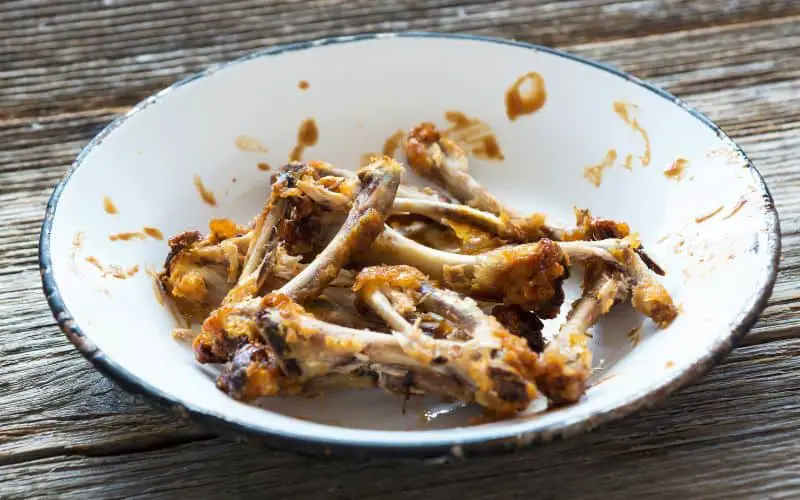
Although many people state that bones can be good for a Cavaliers teeth, this is not always the case.
Cooked bones tend to split or splinter, which creates sharp shards. These shards can pierce the gums and cheeks or, if swallowed, the throat or gut.
Raw bones can also split but are less likely than cooked bones. Giving your Cavalier large bones (around the size of their head) is recommended so that they gnaw on it rather than chew.
Allow your Cavalier around 15 minutes of gnawing on a bone each day to prevent obsessive or possessive behavior. Keep the bone in the fridge to keep it fresh, and dispose of it after four days.
Even large round bones can break teeth, so supervision is always recommended.
Cooked Bone Ingestion Symptoms
If your Cavalier has a bone shard stuck somewhere, it could be suffering from the following symptoms;
- Weakness
- Lethargy
- Vomiting, or being unable to vomit
- Unable to pass stool
- Dehydration
Cooked Bone Ingestion Treatment
Your Cavalier will need to be hospitalized and x-rayed to locate the position of the bone shard.
They will need to stay in the hospital for several days and be sedated for the vet to perform multiple enemas to try and remove the bone shard.
Surgery may be required if the bone cannot be removed with an enema or is lodged in a difficult position.
Peaches, Plums, Cherries, Apricots, and Apples
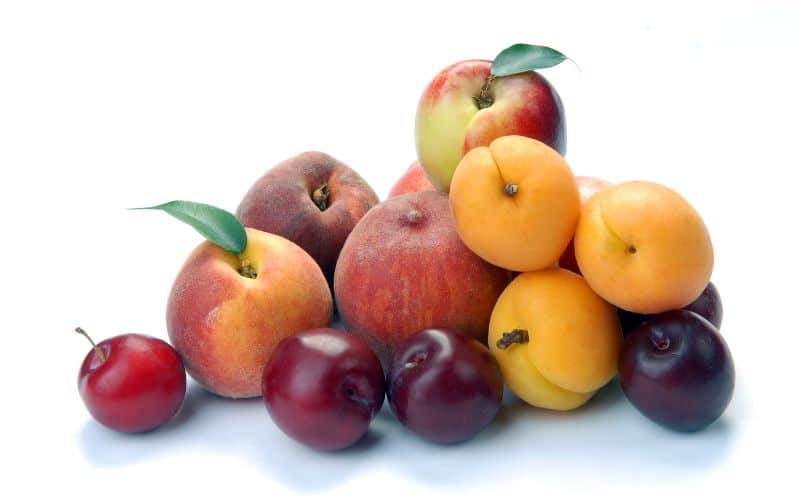
Although fruit is a vital part of a healthy human diet, you must be careful which fruits your Cavalier can eat.
It is not necessarily the fruit that is bad for your dog, but the pit, or stone, inside the fruit.
The pits of peaches, plums, apricots, and apples all contain traces of cyanide, which is a poison, and although there are small amounts, they can be fatal to a Cavalier if consumed.
The pits can also be a choking hazard, particularly cherries, as they are the perfect size to gobble down quickly.
If your Cavalier is partial to any of these fruits, it is recommended to give them sliced pieces, not the whole fruit, and in small amounts. Too much of a good thing can also cause problems.
Peach, Plum, Cherry, Apricot, or Apple Ingestion Symptoms
Besides a choking hazard and the cyanide from the pits, these fruits can be good for your Cavalier in small amounts, but if they have too much, it may give them diarrhea.
Peach, Plum, Cherry, Apricot, or Apple Ingestion Treatment
If your Cavalier is choking, then immediate action is required. Try to dislodge the item with the following steps;
- Sweeping or grabbing the thing out of their throat.
- Swift, sharp blows between the shoulder blades.
- Lifting them onto their front paws, with their head facing downwards, similar to the wheelbarrow position.
- The Heimlich maneuver (see videos under the apricot section)
Remember to visit the veterinarian even if you manage to dislodge the pit. If they have eaten more than one fruit, other pits may be lodged in the gut.
If your Cavalier has diarrhea, give it time for this to pass, and give them smaller amounts of sliced fruit in the future. If diarrhea continues, stop giving them the fruit and consult your local veterinarian.
Sources
- VCA Animal Hospitals – Chocolate Poisoning
- American Kennel Club – How to make a dog throw up
- VCA Animal Hospitals – Grape, Raisin, and Currant Poisoning
- Hill’s Pets – How to Perform the Heimlich Maneuver on a Choking Dog
- Petguide.com – How to Perform the dog Heimlich Maneuver
- American Kennel Club – Can dogs eat avocado
- ITV News
- Vets Now – Is Palm Oil safe for Dogs
- WWF – Palm Oil
- PDSA – Onion and Garlic Poisoning in Dogs
- VCA Animal Hospitals – Xylitol Poisoning in Dogs
- American Kennel Club – Is Salt Bad for Dogs
- British Veterinary Association – Keep Corn on the Cob away from your dog
- Master Class – Can Dogs Drink Alcohol
- Hills Pet – What Happens When a Dog Drinks Alcohol
- PetMD – Can Dogs Eat Bones?
- American Kennel Club – Can Dogs Eat Bones?
- Petcube – Which Fruits are Safe for Dogs?
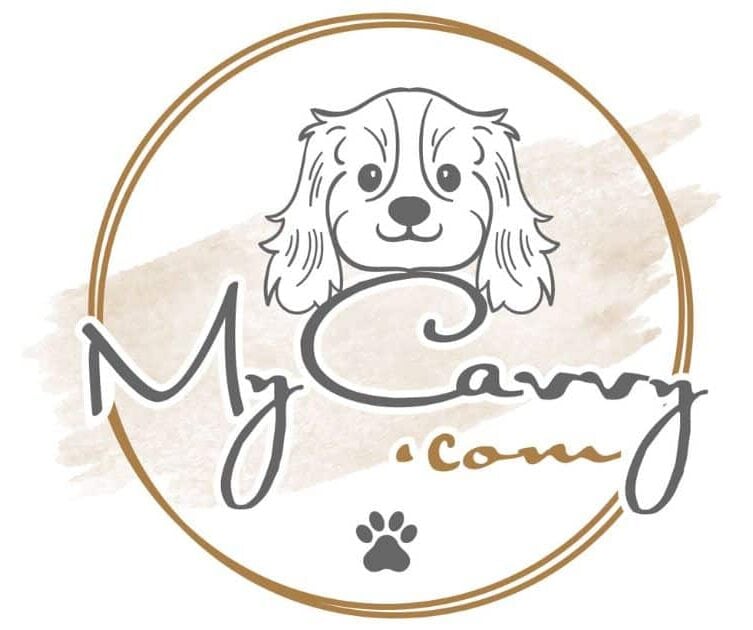
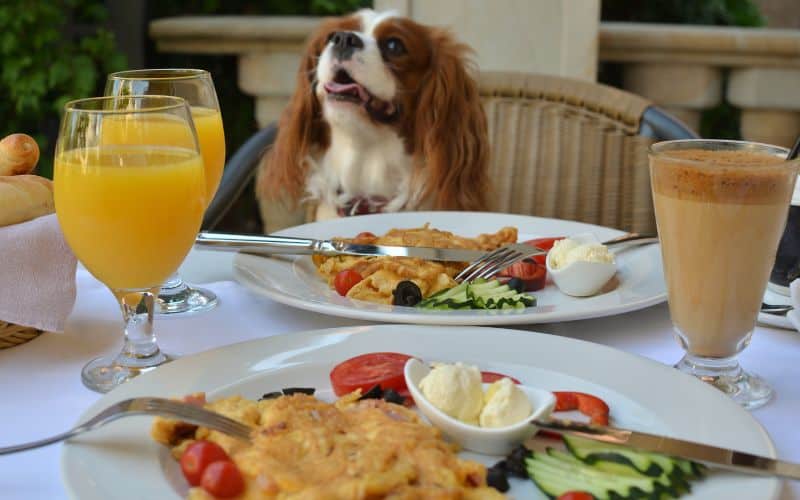
12 thoughts on “What Foods are Cavaliers Allergic to?”